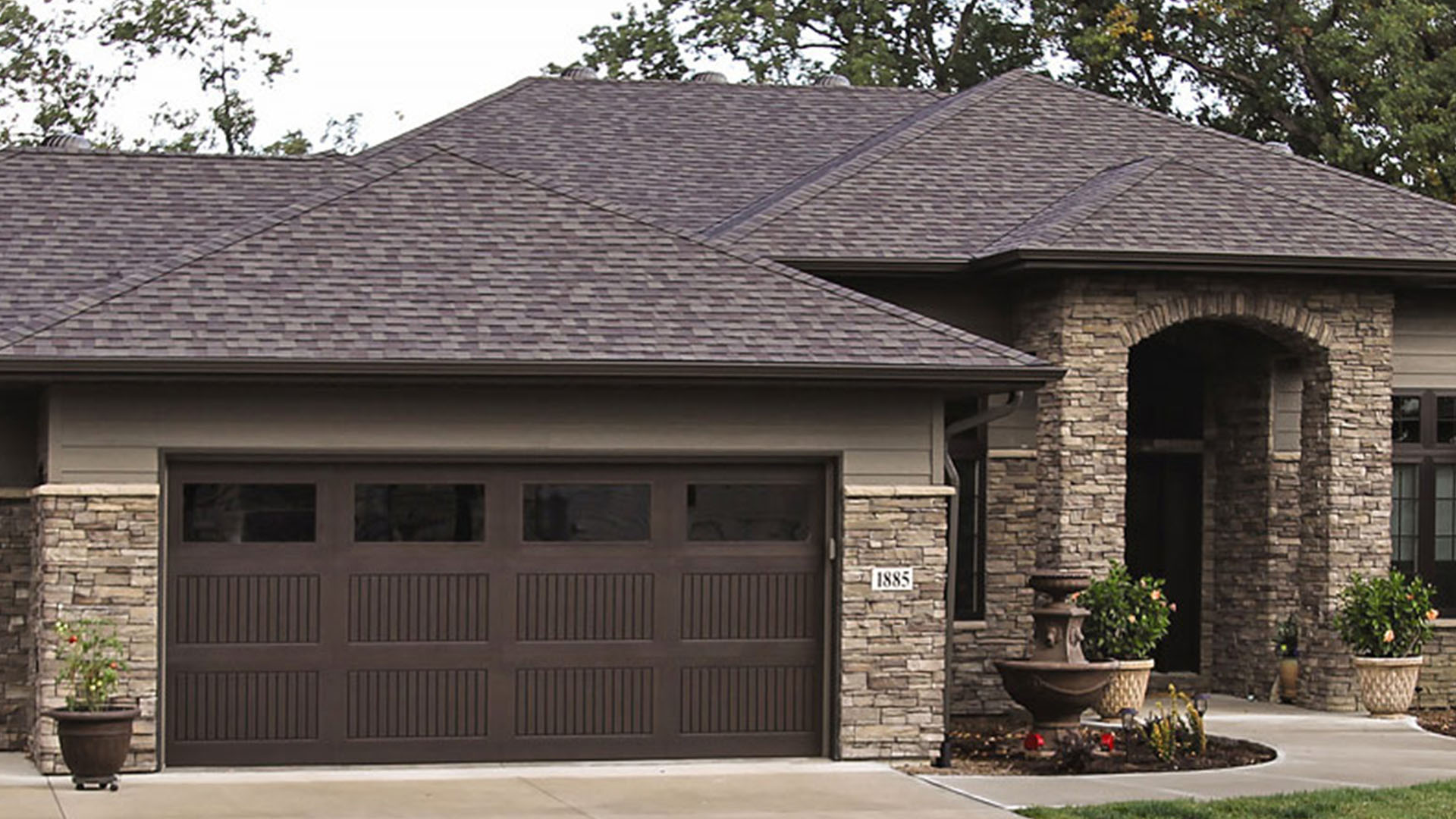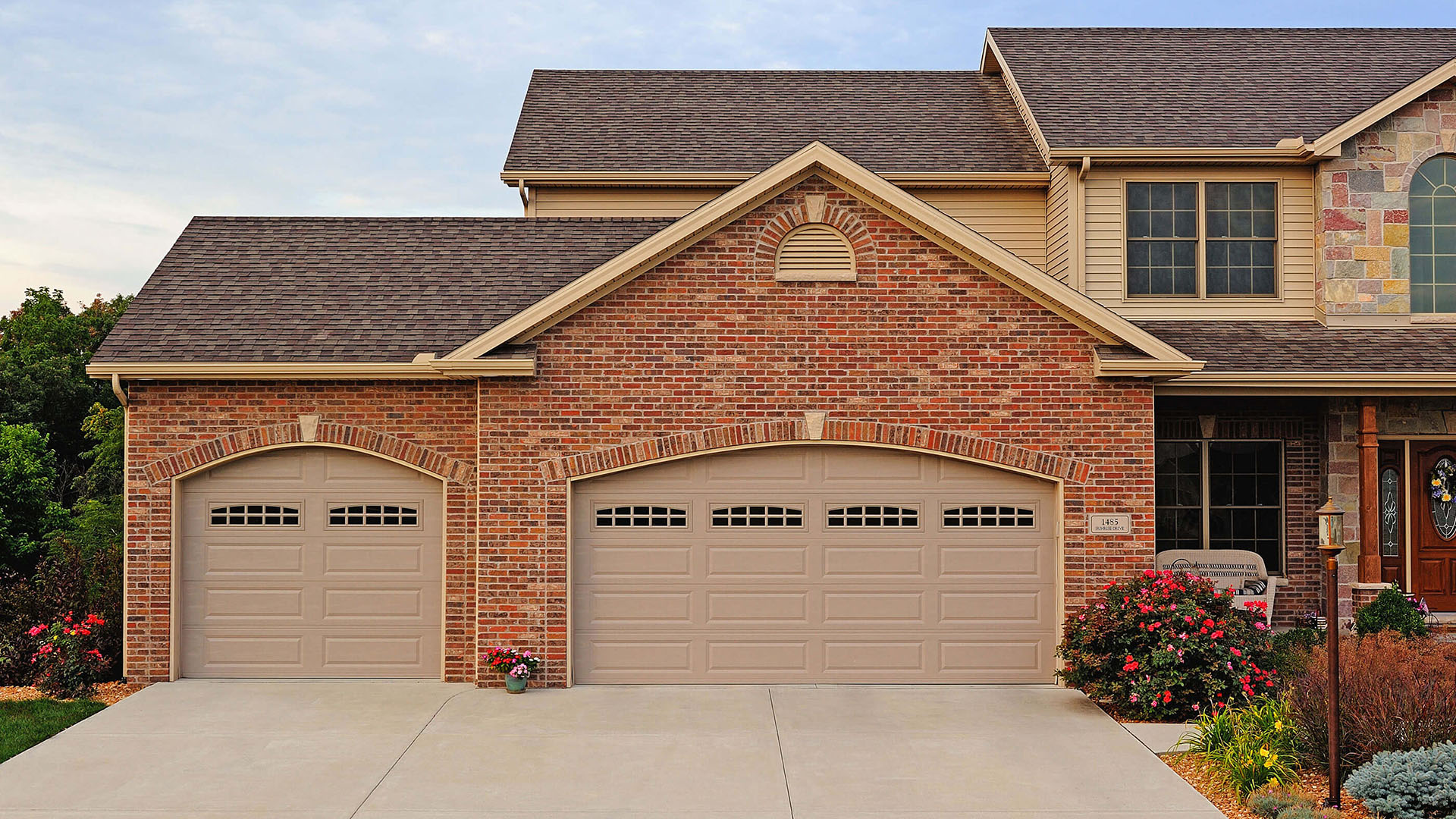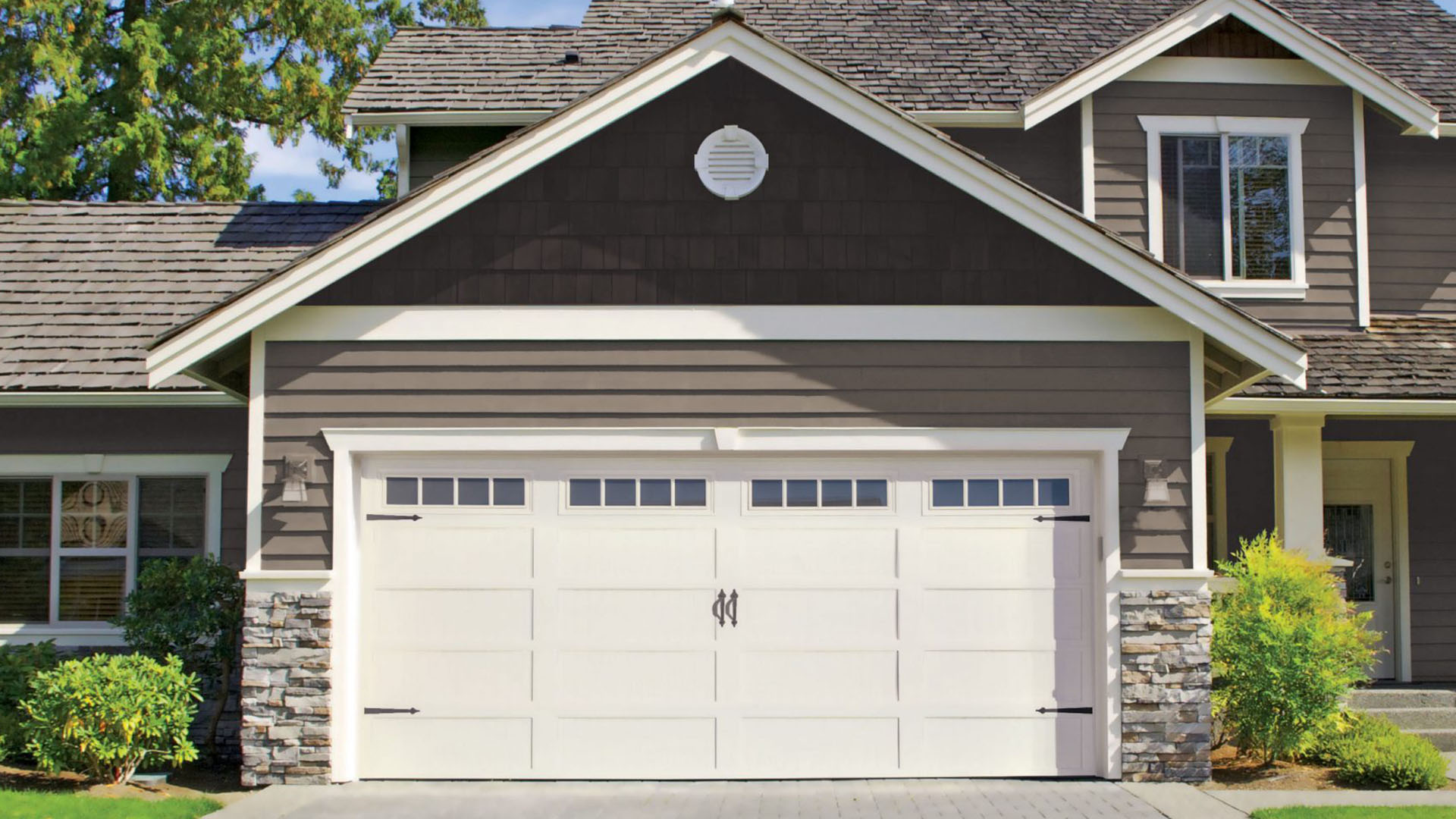
Can I Replace a Garage Door Spring Myself in Los Angeles?
In the world of home maintenance, few tasks are as daunting and critical as replacing a garage door spring. The garage door is often the largest moving part in a home, and its springs are integral to its functionality. Whether you're a seasoned DIY enthusiast or someone who prefers to leave repairs to the professionals, understanding your options can save you time, money, and hassle. In this comprehensive guide, we will explore the ins and outs of garage door spring replacement, helping you navigate the decision between tackling it yourself or hiring a professional.
Understanding Garage Door Springs
What Are Garage Door Springs?
Garage door springs are heavy-duty coils that counterbalance the weight of your garage door, making it easy to open and close. There are primarily two types of springs used in garage doors:
Both types play crucial roles in ensuring that your garage door operates smoothly and safely.
Why Do Garage Door Springs Fail?
Several factors contribute to spring failure:
- Wear and Tear: Over time, springs undergo stress from repeated use.
- Rust and Corrosion: Exposure to moisture can lead to rusting.
- Improper Installation: Incorrectly installed springs may not function effectively.
Understanding these factors can help you recognize when it's time for replacement.
Signs Your Garage Door Springs Need Replacement
How Can You Tell If Your Springs Are Failing?
Identifying issues with your garage door springs early can save you from more extensive repairs down the line. Here's what to look out for:
- Difficulty Opening/Closing: If your garage door struggles to open or close fully, it may indicate spring problems.
- Unusual Noises: Listen for squeaking or grinding sounds when operating your door.
- Visible Damage: Look for gaps or breaks in the springs themselves.
If you notice any of these signs, it's essential to take action swiftly.
DIY or Professional Help? Navigating Garage Door Spring Replacement
When faced with a failing garage door spring, you're left with two choices: tackle it yourself or hire a professional service. Each option has its merits and drawbacks.
Advantages of DIY Garage Door Spring Replacement
Disadvantages of DIY Garage Door Spring Replacement
Advantages of Hiring Professionals for Garage Door Spring Replacement
Disadvantages of Hiring Professionals for Garage Door Spring Replacement
Assessing Your Skill Level for DIY Repair
Are You Up for the Challenge? Evaluating Your Skills
Before diving into DIY repairs, consider your skill level honestly:
- Do you have experience with hand tools?
- Are you comfortable working with heavy machinery?
- Have you done similar repairs before?
If you answered "no" to any of these questions, it might be wise to consult a professional.
Gathering Tools and Materials for DIY Repairs
What Do You Need? Essential Tools for Spring Replacement
If you decide on going the DIY route, ensure you have the right tools at hand:
| Tool | Purpose | |---------------------------|------------------------------------------------------------| | Wrench | To remove bolts from brackets | | Pliers | For gripping wires garage door spring service near me | | Screwdriver | To unscrew any screws involved | | Safety Glasses | To protect your eyes during work | | Torque Wrench | To ensure proper tension is applied | | Ladder | For accessing overhead components |

Where Can You Find Quality Parts? Sourcing New Springs
When sourcing parts for replacement:
Step-by-Step Guide to Replacing Garage Door Springs Yourself
Preparation Phase Before Starting Work
Before starting any repair work:
Removing Old Springs Safely
Once prepared:
Installing New Springs Correctly
Follow these steps closely:
Professional Services for Garage Door Spring Replacement
Finding Reliable Help Near You
If you've decided against DIY after weighing pros and cons:
“Questions To Ask When Hiring A Professional”
Ensure you ask potential contractors these questions:
- What’s included in their service package?
- Do they offer warranties?
- How long have they been in business?
Conclusion
Ultimately, deciding between DIY or professional help depends largely on personal skills and comfort levels regarding home repairs like replacing garage door springs—a vital component ensuring functionality within our homes! It’s essential always prioritizing safety first; if unsure about undertaking such tasks alone—don’t hesitate reaching out licensed professionals available through searches such as “garage door spring service near me.”
The choice is yours! Whether embracing self-sufficiency through hands-on involvement— OR opting trust reliable experts—either way—you’ll soon enjoy smooth operation once again!
Frequently Asked Questions (FAQs)
1) How Much Does It Cost To Replace A Garage Door Spring?
The cost typically ranges from $150-$350 depending on materials & labor involved; however individual circumstances may affect pricing significantly so always inquire first!
2) Can I Mix Different Types Of Springs On My Garage Door?
No! Mixing different types/sizes increases risks associated with imbalance leading potential damages over time—always stick only one kind throughout entire system!

3) How Long Should My Garage Door Springs Last?
On average torsion springs should last around 10–15 thousand cycles while extension ones generally hold up shorter—around 5–7 years maximum depending usage frequency!
4) Is It Safe To Use My Garage With A Broken Spring?
Not advisable! Attempting operate while broken poses serious dangers including injury/property damage; best call professionals promptly assess situation accurately!
5) What Should I Do If My New Spring Breaks Soon After Installation?
Reach back out installer immediately report issue—they should honor warranty policies cover replacements if within reasonable timeframe since installed initially!
6) Are There Maintenance Tips To Prevent Future Problems With My Springs?
Regular inspections/check-ups recommended every year alongside lubrication where necessary ensure smooth operations preventing premature failures down road ahead!
